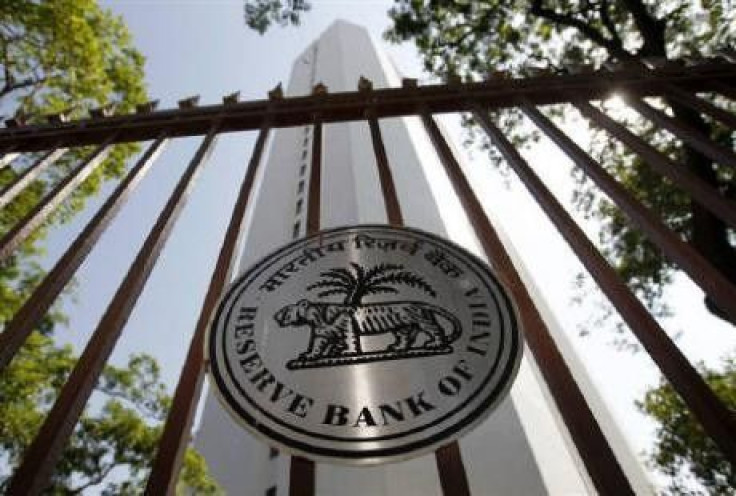India's Central Bank Keeps Rates Unchanged To Help Falling Rupee Despite Slowdown Concerns; Revises Growth Estimate Downward

The Reserve Bank of India, or RBI, kept key rates unchanged in its first-quarter review of monetary policy on Tuesday, in a bid to save a weak rupee that has fallen to record lows against the dollar in recent weeks, even as the country struggles with a slowing economy.
The country’s central bank kept the key repo rate and the cash reserve ratio, or CRR, which dictates the amount of cash the country’s banks have to hold in reserve and affects lending trends, steady at 7.25 percent and 4 percent respectively.
Revising its growth projection for 2013-14 to 5.5 percent from the earlier estimate of 5.7 percent provided in May, the RBI, in its policy review, said, “global growth has been uneven and slower than initially expected.”
It added that tail risks to the global economy, which had “eased in the early part of the year” was “overtaken by the turmoil in financial markets because of the ‘announcement effect’ of the likely tapering of quantitative easing (QE) by the US Fed.”
The central bank’s decision, which came in line with analysts’ expectations, is aimed at defending the rupee, which fell to an all-time low of 61.21 against the dollar on July 8, but the move is expected to weigh down on Asia’s third-largest economy, which is growing at its slowest pace in a decade.
"Leading indicators do not suggest immediate improvement in production activity and a slow-paced recovery is likely to shape only later in 2013-14, supported by a good monsoon that could shore up rural demand," the RBI report said.
The central bank had held rates steady at the previous policy review in June, and it last cut the repo rate by 25 basis points to 7.25 percent in its May review.
The RBI, in a report on the country’s economic situation, released on Monday, had hinted that the central bank would take a cautious stance on monetary policy, as persistently high consumer price inflation and the rupee’s weakness posed challenges to the economy.
And, though the RBI’s measures to tighten liquidity, which it has said, “will be rolled back in a calibrated manner,” have helped the rupee to recover somewhat from its July 8 low, the bank also called on the government to devise structural reforms to support monetary policy by improving capital inflows.
According to a Bank of America-Merrill Lynch report, released on Sunday, the RBI’s measures, which were introduced on July 23, could be withdrawn by mid-September, “especially if the financial markets appear to have priced in Fed tapering.”
"Right now the focus for RBI is on rupee," Ananth Narayan, head of treasury at Standard Chartered Bank, told the Economic Times, on Tuesday. "There is only so much that RBI can do, and it expects the government to take steps."
In its report, the central bank also expressed hope that "several policy initiatives to improve the investment environment" taken by the government in recent months would help reverse the current slowdown and return "the economy to a higher growth trajectory."
Meanwhile, some analysts believe that the central bank could instead begin to increase rates if the rupee continues to remain fall against the dollar.
"If the rupee's weakness persists, the probability of a reversal in monetary policy stance will increase. But for now, the recent measures have given some time for RBI to wait and watch," Gaurav Kapur, a senior economist at Royal Bank of Scotland, told Reuters, before Tuesday’s policy review.
Following the RBI’s announcement on Tuesday to keep rates unchanged, the rupee depreciated 20 paise from earlier intraday levels and was trading at 59.71 to the dollar. And, the country’s benchmark BSE Sensex stock index was down 0.1 percent, after trading up before the policy announcement.
© Copyright IBTimes 2024. All rights reserved.












